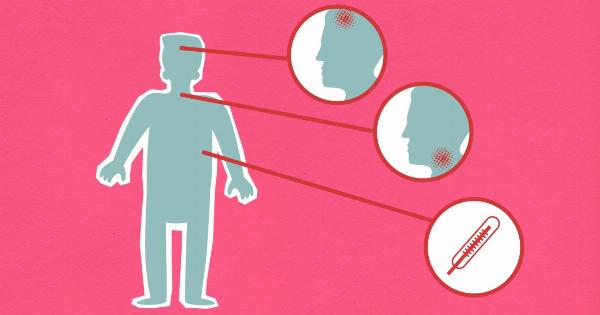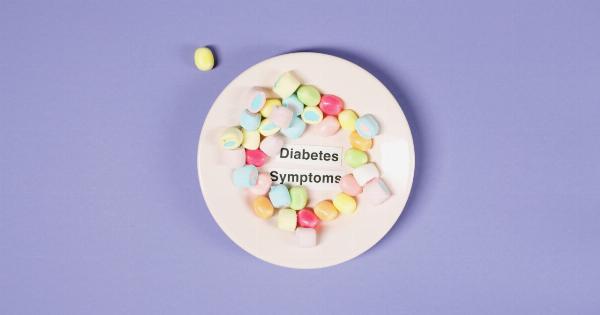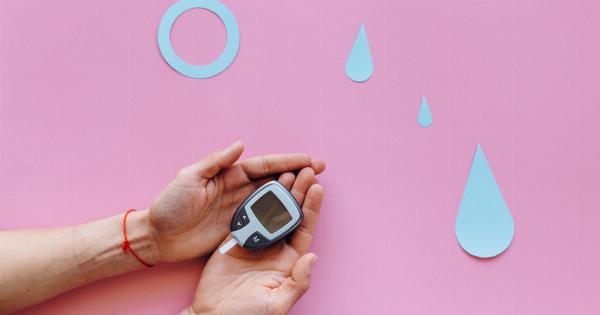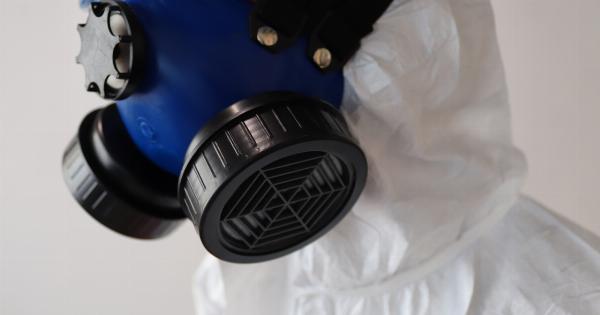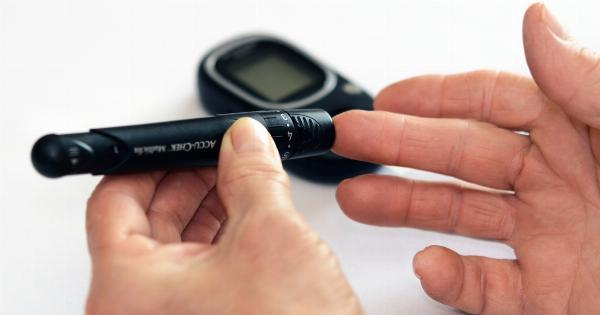Did you know that your breath could reveal a lot about your health? Over the past few years, there has been a growing interest in using breath analysis as a non-invasive diagnostic tool for detecting various diseases.
Breath analysis involves the detection of volatile organic compounds (VOCs) in exhaled breath. These VOCs can originate from various sources, such as metabolic processes, gut bacteria, or environmental exposure to pollutants.
The Science behind Breath Analysis
VOCs are small molecules that can be released into the air from various sources, including the human body. When we breathe, these VOCs can be detected in our exhaled breath.
By analyzing the composition of these VOCs, researchers can identify changes that may indicate the presence of a disease or a change in health status.
One of the major advantages of breath analysis over other diagnostic tools is its non-invasiveness. Breath analysis is painless, and it does not require the use of needles or other invasive procedures.
This makes it a safe and comfortable option for patients who may be uncomfortable with traditional diagnostic procedures.
Breath Analysis for Detecting Diseases
Breath analysis has the potential to be used as a diagnostic tool for various diseases, including:.
Asthma
Asthma is a chronic respiratory disease that affects millions of people worldwide. It is characterized by inflammation and narrowing of the airways, which can make it difficult to breathe.
Breath analysis can be used to detect changes in the levels of VOCs in exhaled breath, which can indicate the presence of asthma or changes in asthma control.
Lung Cancer
Lung cancer is one of the most deadly cancers worldwide. Early detection is essential for improving survival rates. Breath analysis has shown promising results in the early detection of lung cancer.
Research has suggested that specific VOCs can be used to identify lung cancer cells, even at early stages of the disease.
Diabetes
Diabetes is a chronic metabolic disorder that affects millions of people worldwide. Breath analysis has shown potential in detecting changes in the composition of exhaled breath that can indicate the presence of diabetes.
It has been suggested that VOCs originating from gut bacteria may be used as a diagnostic biomarker for diabetes.
Kidney Disease
Kidney disease is a common health problem that affects millions of people worldwide. Breath analysis has been suggested as a potential diagnostic tool for kidney disease.
VOCs originating from the kidneys can be detected in exhaled breath, and changes in the composition of these VOCs can indicate the presence of kidney disease.
The Future of Breath Analysis
Breath analysis is still a relatively new field, and more research is needed before it can be widely used as a diagnostic tool. However, the potential benefits of breath analysis are enormous.
Breath analysis is a non-invasive, painless, and safe option for detecting various diseases. It could potentially revolutionize the way we diagnose and treat diseases, leading to earlier detection and better outcomes for patients.
In the coming years, we can expect to see more research into the use of breath analysis for the detection of various diseases. Advances in technology and data analysis are making it easier to detect and analyze VOCs in exhaled breath.
This will help to improve the accuracy and sensitivity of breath analysis, making it an even more powerful diagnostic tool.
Conclusion
Breath analysis is a promising new diagnostic tool that has the potential to transform the way we detect and treat various diseases.
It is a safe, non-invasive and painless option for patients, and it has shown promising results in the detection of diseases such as asthma, lung cancer, diabetes, and kidney disease. As more research is conducted in this area, we can expect to see breath analysis become an even more important tool in the fight against disease.



